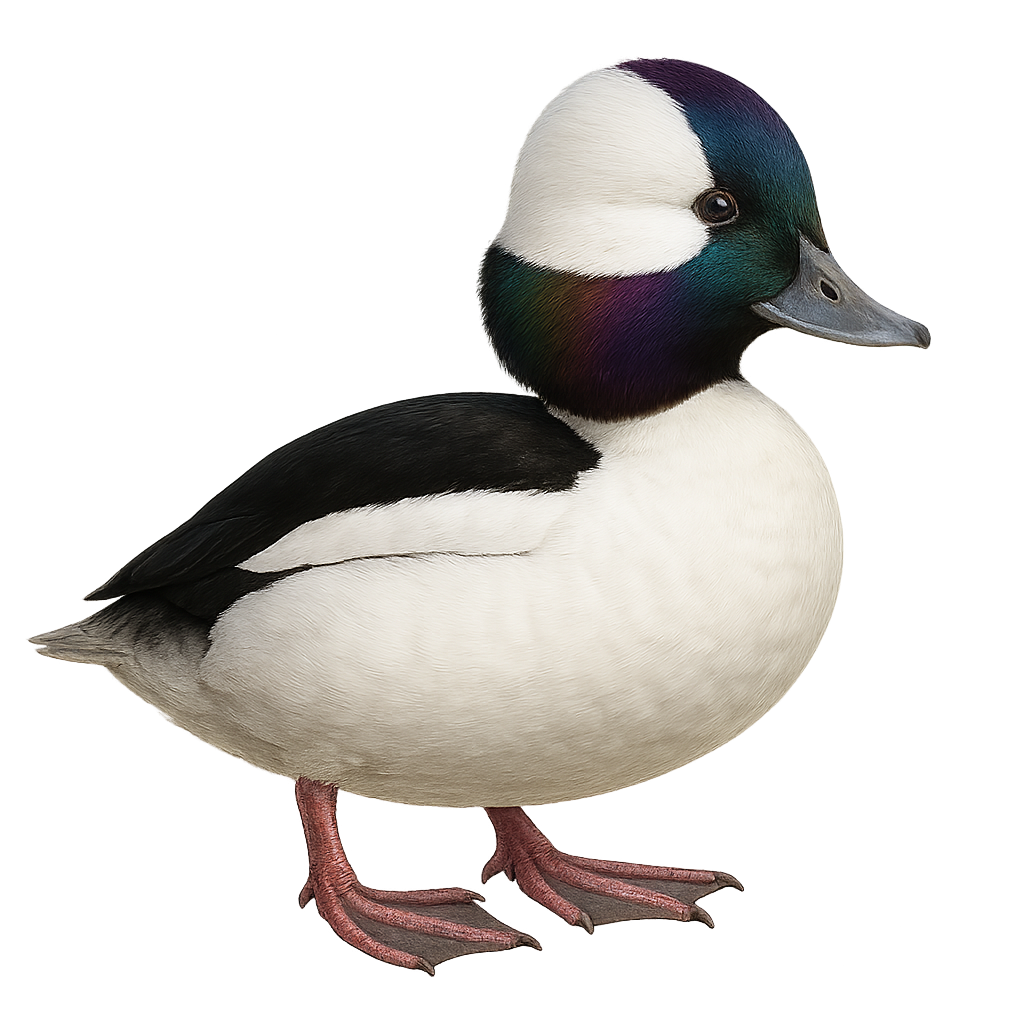Your wildlife photography guide.
Explore the bufflehead in detail, study its behavior, prepare your shots.
Where to observe and photograph the bufflehead in the wild
Learn where and when to spot the bufflehead in the wild, how to identify the species based on distinctive features, and what natural environments it inhabits. The WildlifePhotographer app offers tailored photography tips that reflect the bufflehead’s behavior, helping you capture better wildlife images. Explore the full species profile for key information including description, habitat, active periods, and approach techniques.
Bufflehead
Scientific name: Bucephala albeola

IUCN Status: Least Concern
Family: ANATIDAE
Group: Birds
Sensitivity to human approach: Suspicious
Minimum approach distance: 10 m
Courtship display: May to June
Incubation: 29-31 jours
Hatchings: June to July
Habitat:
Lakes, ponds, marshes
Activity period :
Primarily active during the day, with peak activity in the morning and late afternoon.
Identification and description:
The Bufflehead is a small diving duck, easily recognizable by its distinctive plumage. The male features an iridescent black head with a large white patch behind the eye, while the female has a brownish head with a subtle white band. This duck primarily inhabits lakes and ponds in wooded regions of North America. It is often seen diving for small aquatic invertebrates and plants. Although it is a migratory bird, it is frequently observed in winter in more southern coastal waters. The Bufflehead is appreciated for its active behavior and quick dives, making it a fascinating subject for birdwatchers and photographers.
Recommended lens:
400mm – adjust based on distance, desired framing (portrait or habitat), and approach conditions.
Photography tips:
To photograph the Bufflehead, it is advisable to use a telephoto lens of at least 400mm to capture detailed images without disturbing the bird. Choose a discreet location near the water where the ducks are active. Be patient and wait for the duck to come closer. The best photos are often taken when the bird is diving or emerging from the water, revealing its iridescent plumage. Use a fast shutter speed to freeze the motion and adjust the exposure to capture the plumage details.
The WildlifePhotographer App is coming soon!
Be the first to explore the best nature spots, track rutting seasons, log your observations, and observe more wildlife.
Already 1 439 wildlife lovers subscribed worldwide

